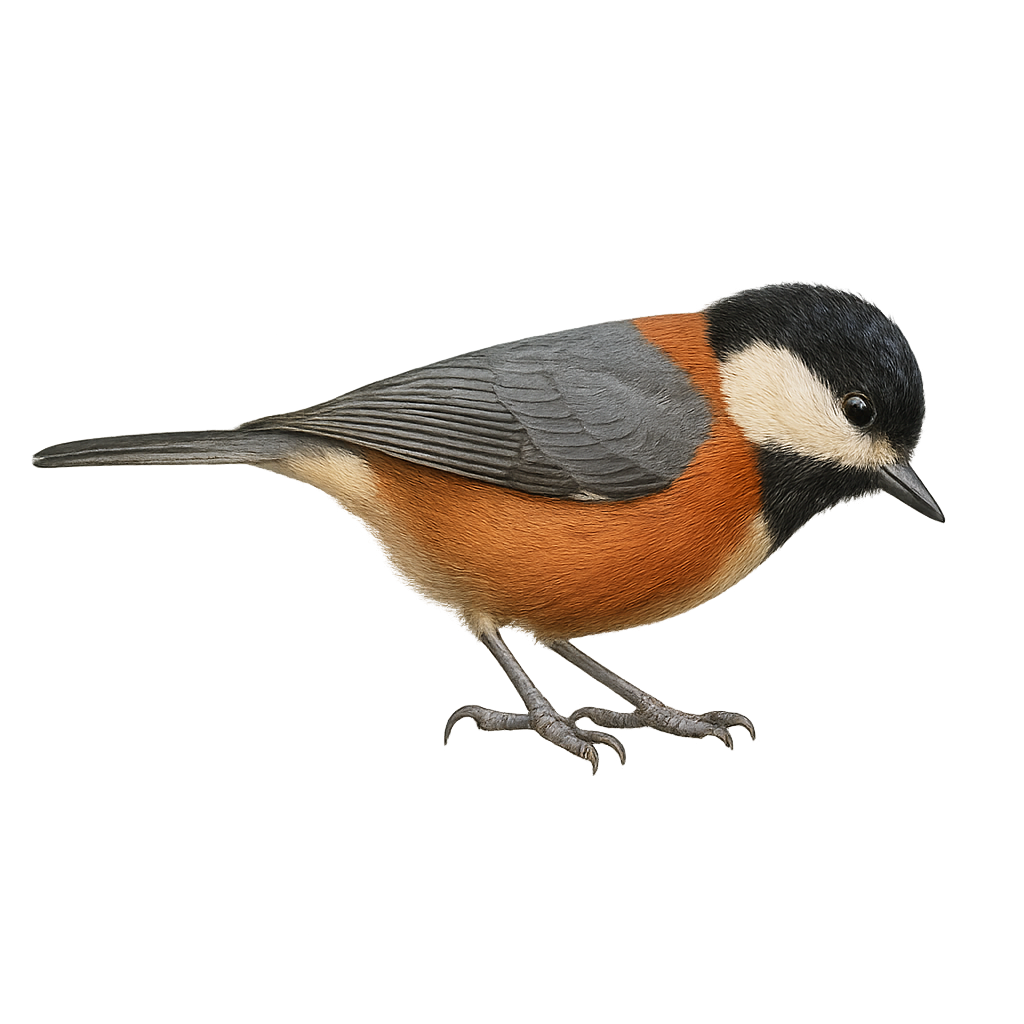Your wildlife photography guide.
Explore the varied tit in detail, study its behavior, prepare your shots.
Where to observe and photograph the varied tit in the wild
Learn where and when to spot the varied tit in the wild, how to identify the species based on distinctive features, and what natural environments it inhabits. The WildlifePhotographer app offers tailored photography tips that reflect the varied tit’s behavior, helping you capture better wildlife images. Explore the full species profile for key information including description, habitat, active periods, and approach techniques.
Varied Tit
Scientific name: Sittiparus varius

IUCN Status: Least Concern
Family: PARIDAE
Group: Birds
Sensitivity to human approach: Suspicious
Minimum approach distance: 5 m
Courtship display: April to May
Incubation: 13-15 jours
Hatchings: April to June
Habitat:
Deciduous forests, mixed forests, parks
Activity period :
Primarily active during the day, with peak activity in the morning and late afternoon.
Identification and description:
The Varied Tit, Sittiparus varius, is a small, colorful bird native to East Asia, particularly Japan, Korea, and parts of China. It is distinguished by its vibrant plumage, which combines shades of black, white, rufous, and gray. This passerine measures about 12 to 14 cm in length and weighs between 16 and 18 grams. The Varied Tit is known for its sociability and curiosity, often seen in small groups in deciduous and mixed forests. It primarily feeds on insects, seeds, and fruits. Its melodious and varied song is a delight to birdwatchers. Although relatively common in its range, it is sensitive to environmental changes.
Recommended lens:
400 mm – adjust based on distance, desired framing (portrait or habitat), and approach conditions.
Photography tips:
To photograph the Varied Tit, choose sunny mornings when natural light highlights its vibrant colors. Use a 400mm lens or longer to capture precise details without disturbing the bird. Wait near fruit trees or feeders, where it is often active. Be discreet and avoid sudden movements to prevent scaring it away. A tripod can be helpful to stabilize your camera and achieve sharp images. Finally, experiment with different compositions to capture its curious and sociable behavior.
The WildlifePhotographer App is coming soon!
Be the first to explore the best nature spots, track rutting seasons, log your observations, and observe more wildlife.
Already 1 439 wildlife lovers subscribed worldwide

